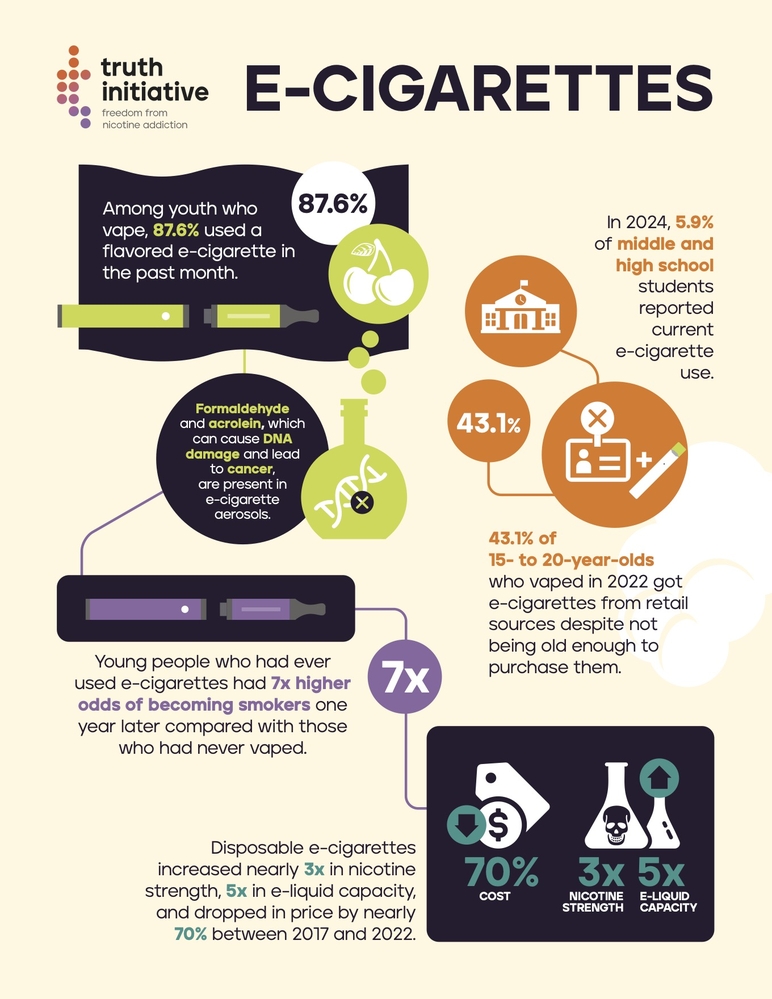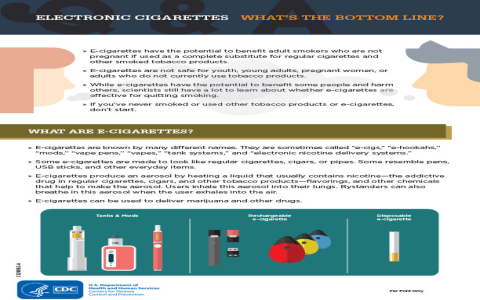Yes, electronic cigarettes (e-cigarettes) and vape devices are affected by altitude changes. Understanding these effects is crucial for performance, safety, and user experience.
Key Impacts of Altitude on Vaping Devices
The primary factor is reduced atmospheric pressure at higher altitudes. This impacts several components:

- Vapor Production & Experience: Lower air pressure can lead to easier vaporization of e-liquid. This often results in a noticeable increase in vapor volume and potentially a warmer vape at the same power settings. The perceived nicotine hit may feel stronger due to changes in vapor density and absorption.
- Tank/Pod Leaking (“Pressure Differentials”): This is the most common issue. The air trapped inside the e-liquid reservoir is compressed at ground level. As you ascend to higher altitudes (e.g., during driving into mountains or flying), the external pressure drops rapidly compared to the trapped pressure inside the tank. This imbalance forces e-liquid out through available paths – the coil’s wicking ports or airflow channels – causing leaking or gurgling.
- Battery Considerations: While the battery chemistry itself isn’t directly impacted by altitude, environmental factors are crucial. Batteries can vent or even fail catastrophically under extreme conditions, such as physical damage, extreme temperatures, or improper charging/storage. Lower oxygen levels at very high altitudes might theoretically affect venting if thermal runaway occurs, but the main altitude-related battery risks stem from temperature extremes and pressure changes potentially damaging the device housing.
Mitigating Altitude-Related Issues
- Leaking Prevention: Store devices upright. Before ascending, partially or fully empty the tank if possible. Flying? Use nearly empty tanks or dedicated travel pods designed for pressure changes. Storing the device upside-down can sometimes minimize leaking by positioning air pockets differently.
- Adjusting Usage: Start with lower power settings after a significant altitude gain. Be prepared to adjust your inhale technique or wattage down to compensate for potentially increased vapor production and prevent a harsh experience.
- Temperature Sensitivity: E-liquids (VG/PG) change viscosity with temperature. Cold, high-altitude environments thicken liquids, potentially causing wicking issues (dry hits). Warmer temperatures thin them, increasing leak risks. Monitor and adapt.
- Battery Safety: Follow standard best practices: use intact, authentic batteries from reputable brands; prevent physical damage or short circuits; store in protective cases away from metal objects and extreme temperatures; do not charge unattended.
Flying with E-Cigarettes
Air travel presents the most extreme pressure changes:
- Leaking is Highly Likely: Expect it unless tanks are nearly empty. Place devices in a sealed plastic bag.
- Battery Regulations: Carry all devices and batteries in your carry-on baggage. Lithium batteries are prohibited in checked luggage. Batteries must be installed in the device, turned off, or in protective cases. Airlines may limit the number of batteries/spare devices.
Summary: Key Facts
- Increased altitude causes lower air pressure impacting device performance.
- Tank/pod leaking during ascent is the most common problem due to pressure differentials.
- Vapor production may increase, potentially leading to a warmer, more intense vape requiring power adjustment.
- Temperature extremes common at altitude significantly affect e-liquid viscosity.
- Battery safety remains paramount; follow standard protocols regardless of altitude.
- Air travel mandates carrying devices/batteries in carry-on baggage and mandates precautions against leaks.









